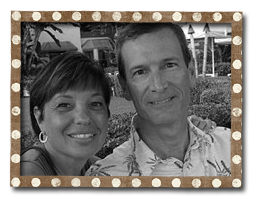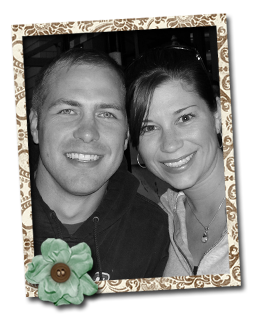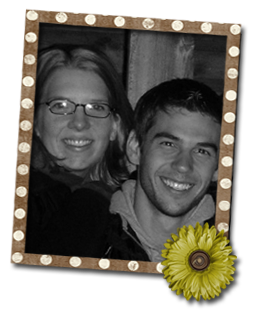Picking up where we left off, the British had invaded Philadelphia in late 1777 and had driven the fledgling American government out of the city. George Washington and his army had lost a series of battles (including the Battles of Brandywine and Germantown) and skirmishes through the fall and early winter, allowing the British to occupy Philadelphia entering the winter of 77-78.
Washington needed to find a location for a winter encampment. Settling on Valley Forge, about 18 miles outside of Philadelphia, he led 12,000 men to this location on December 19, 1777. It took about a month to build the 1,000 cabins that would house them through the bitter winter months. This was a critical period for the revolutionary army, and it was not certain that it would remain intact through the winter.
Two important developments through the winter proved critical: First, Baron Friedrich von Steuben of Prussia volunteered his services to the revolutionary cause. His skill and experience as a soldier proved critical in training the troops through the winter and turning them into a skilled, professional force. Second, on May 6, 1778, the army celebrates France's alliance with, and formal recognition of the United States. Anticipation of the arrival of French troops altered the British military plan, triggering their evacuation of Philadelphia in June. Washington pursued the British, meeting in battle in Monmouth, NJ, where they proved their new battle skills. This event convinced the army, and the colonies, that they could successfully take on the British. From the possibility of total collapse, the army was now a strong fighting force, bolstering the war effort throughout the colonies.

We visited Valley Forge National Park on Sunday, after we were done in Philadelphia. This report is out of sequence from the order of our weekend, but more in the sequence of historical events. Not much of the original encampment itself remains, but the visitors' center has many relics that have been unearthed in years since.


Washington's 12,000 troops had to build over 1,000 cabins, and did so in about a month. Using records from history, a few cabins were built to the specifications used back then. An officers cabin (r) housed one or two men, whereas enlisted men were bunked twelve to a cabin. Better than tents, though!


Washington himself rented a house that already existed there.




Rooms inside Washington's headquarters, where the General and his wife stayed the winter.

General Washington's elite security troops lived in cabins that were built just behind his headquarters.



A memorial arch built in memory of the encampment at Valley Forge.

Washington Memorial Chapel was built on private property within the park, and has an active congregation today.


The small but beautiful chapel area (l) boasts wood carved thingies (don't remember what they are called) with soldier figures. (Click the picture to enlarge.)



Etched granite commemorates the beginning of the encampment on December 9, 1777 (l), celebration of the French alliance on May 9, 1778 (c), and the evacuation of Valley Forge to pursue the British on June 19,1778 (r).


Carvings illustrate scenes from the encampment.

And, of course, General Washington is memorialized with a prominent statue.
And so our journey of discovery and history continues. In the next chapter we will pick up again in Philadelphia where a fledgling new government took up residence.


































No comments:
Post a Comment